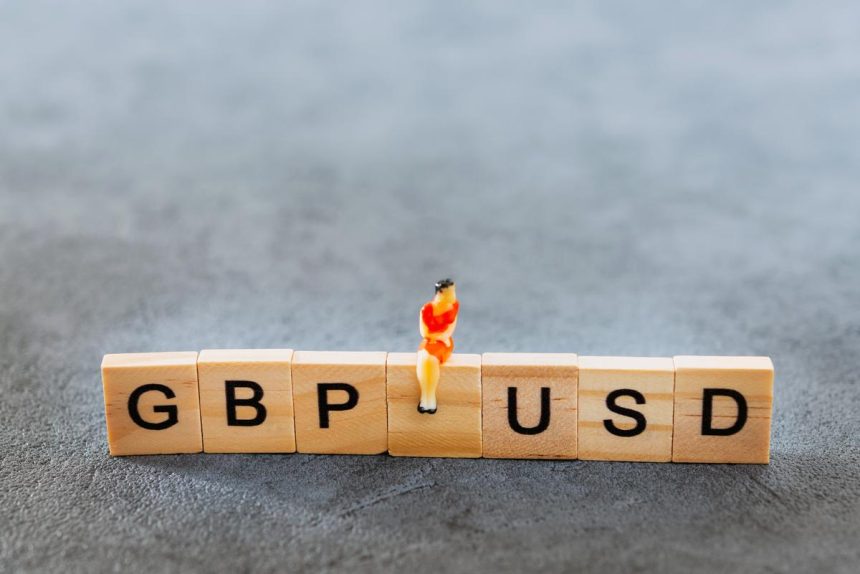GBPUSD stalls following Tuesday’s dip, which prompted by an increase in safe-haven demand for the US dollar.
GBPUSD slows and seesaws between mild gains and losses in the 1.3280s on Wednesday after sliding a full penny the day before, when the US Dollar (USD) rose as a result of an increase in safe-haven flows as the Middle East conflict escalated despite recent losses, the GBPUSD is on an overall upswing, having gained over 5.0% from the early August lows.
Iran exacerbated Middle Eastern tensions by launching a massive missile strike on Tel Aviv.
On Tuesday evening, Iran fired over 200 missiles, many of which were ballistic, at the Israeli capital Tel Aviv in retribution for the death of Hezbollah leader Hassan Nasrallah.The situation remained tense after Israeli Prime Minister Benjamin Netanyahu said Israel would avenge the strike and that Iran had “made a big mistake”.
The New York Times claimed that Israel committing additional troops to its bloody ground invasion in Lebanon, and with tensions rising, the Dollar expected to continue to receive support from investors seeking safety. This, in turn, is expected to limit any advances for the GBPUSD.
GBPUSD may limit losses due to Continued divergence in monetary policy outlooks.
The pair has been steadily rising since early August due to the contrasting expectations for Monetary policy in the UK and the United States. The Bank of England (BoE) decided to hold interest rates steady at its September policy meeting, while the Federal Reserve (Fed) cut interest rates by a double-dose 50 basis points at its meeting. Lower interest rates are generally bad for a currency, in this case the dollar, because they restrict capital inflows.
The Bank of England has advocated a cautious, “steady-as-she-goes” approach to interest rate cuts in the face of persistently high inflation in the services sector and reasonably strong growth. In the United States, however, fears of a hard landing and a sluggish job market initially drove market-based bets to rise to 60% that the Fed will slash interest rates by another 50 basis points at their November meeting.
Despite these Bets have since lessened as US data comforted investors about the condition of the economy; nonetheless, investors remain apprehensive as they await a major piece of labor market data, US NonFarm Payrolls data for September, which is due out on Friday.









